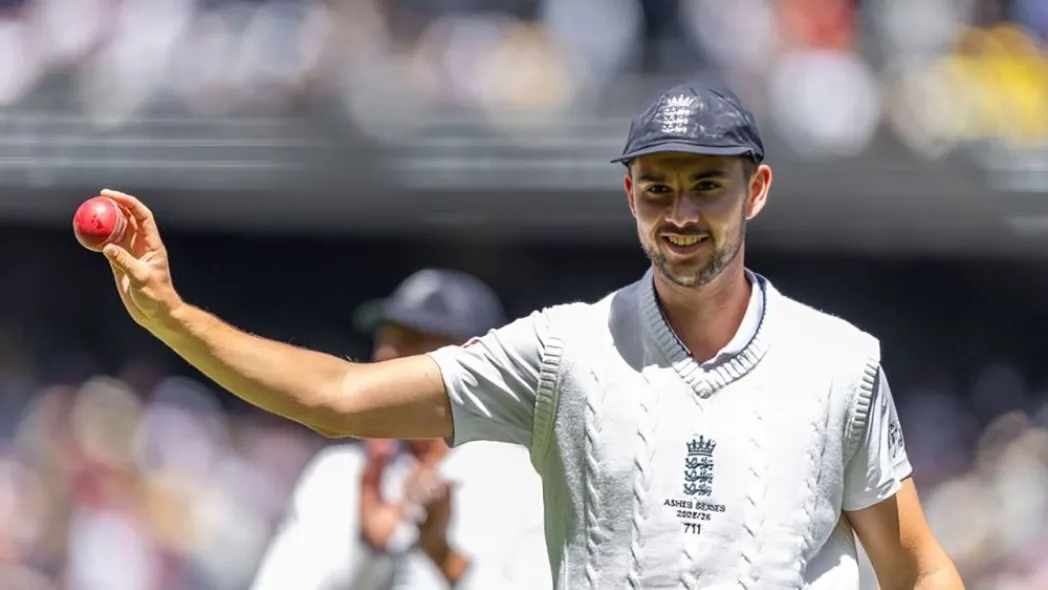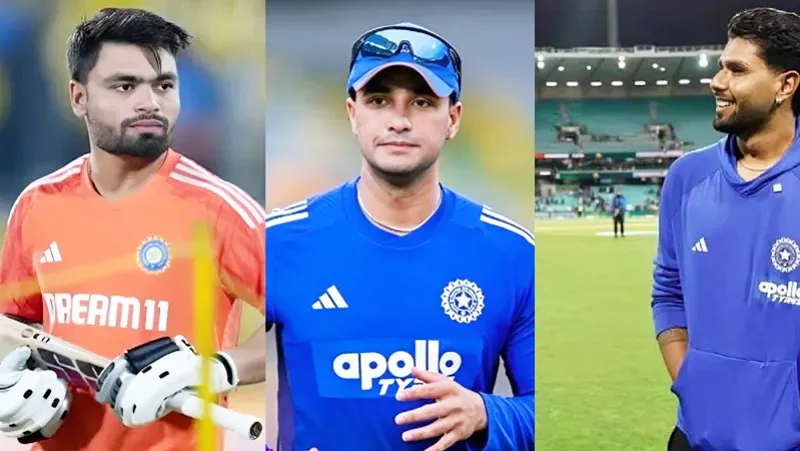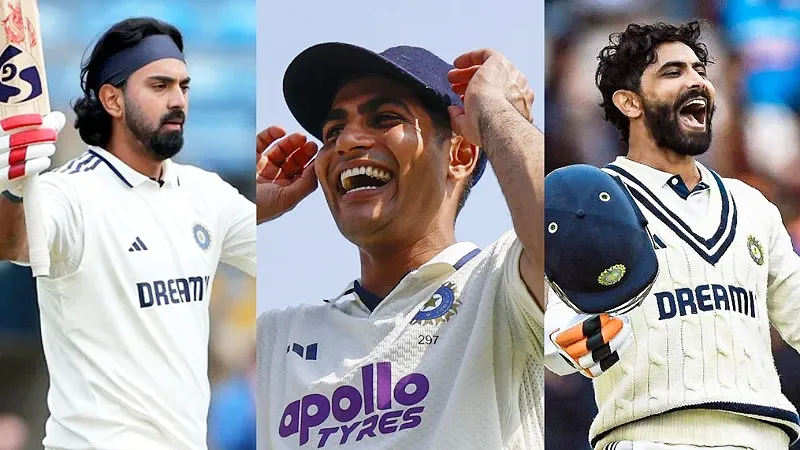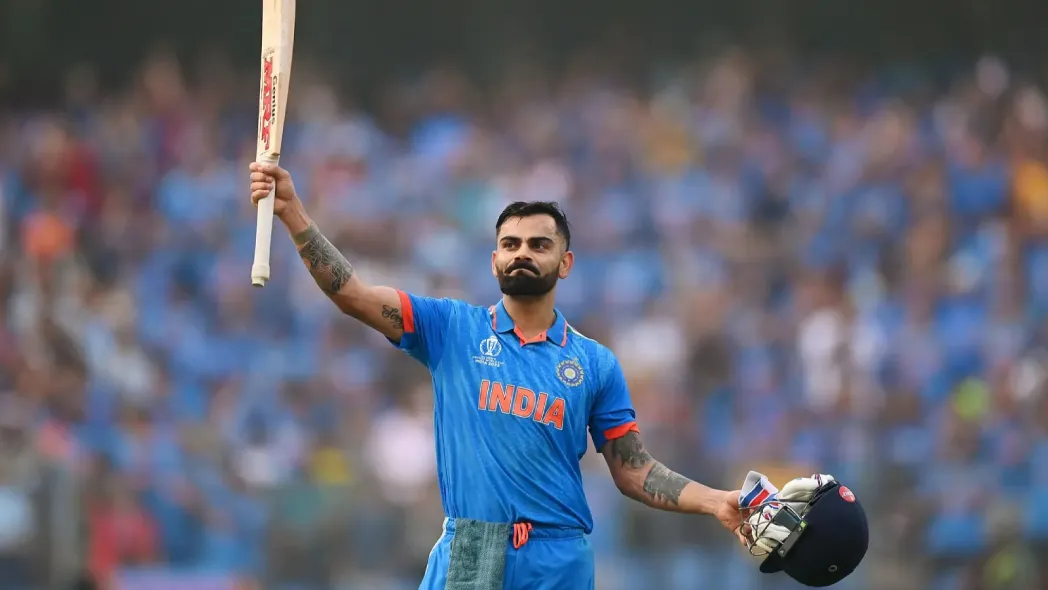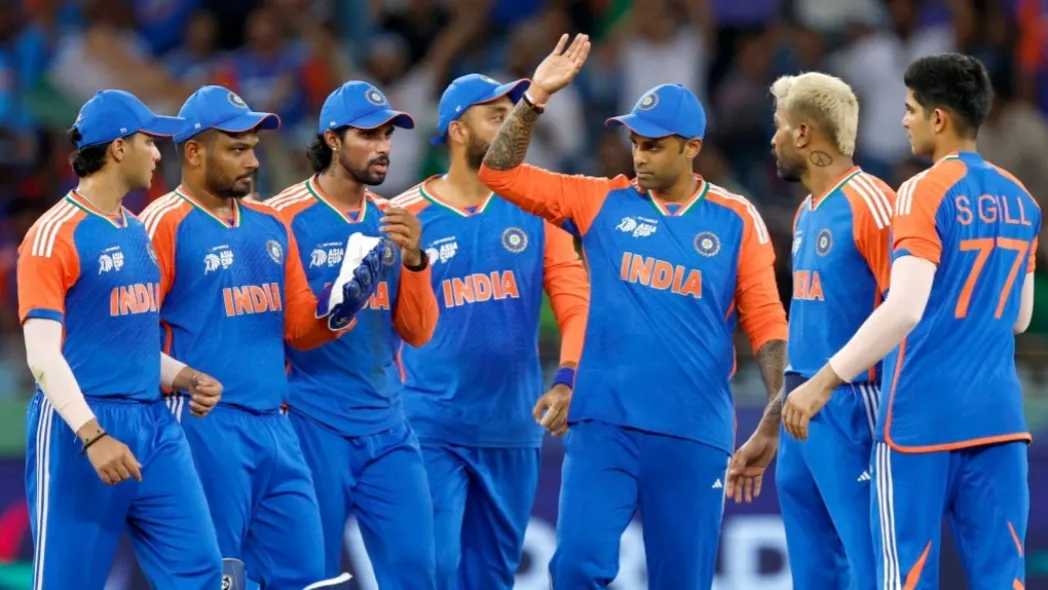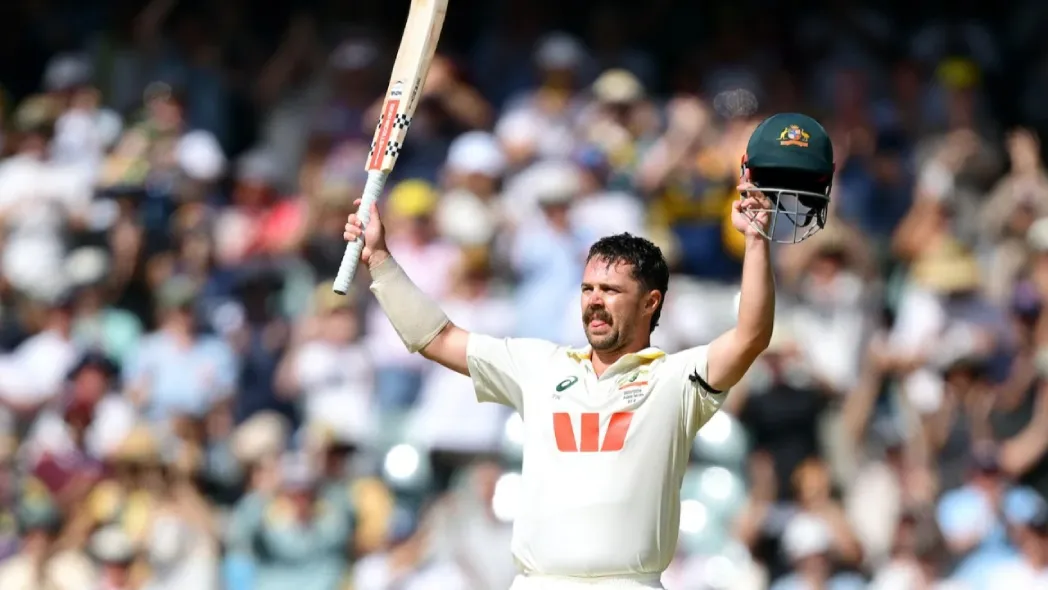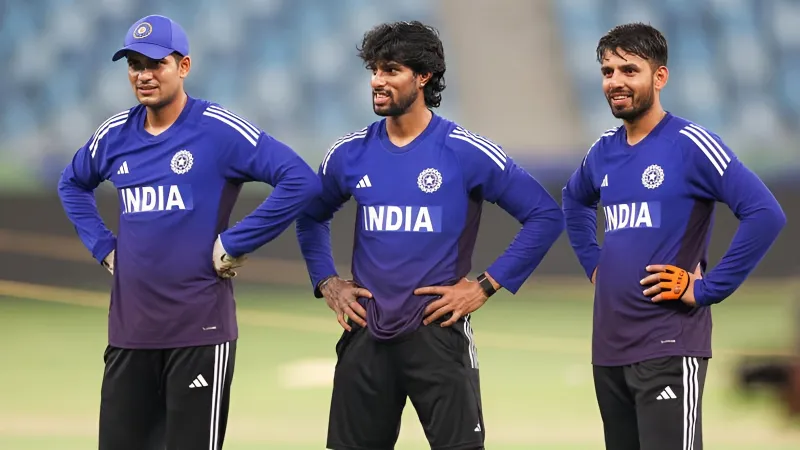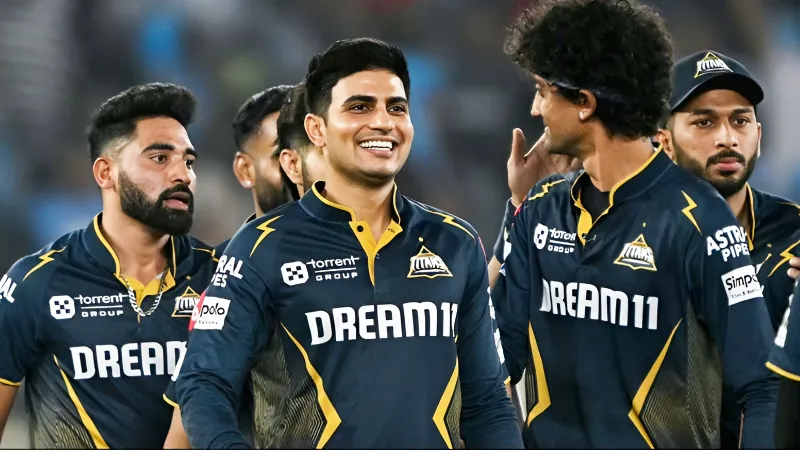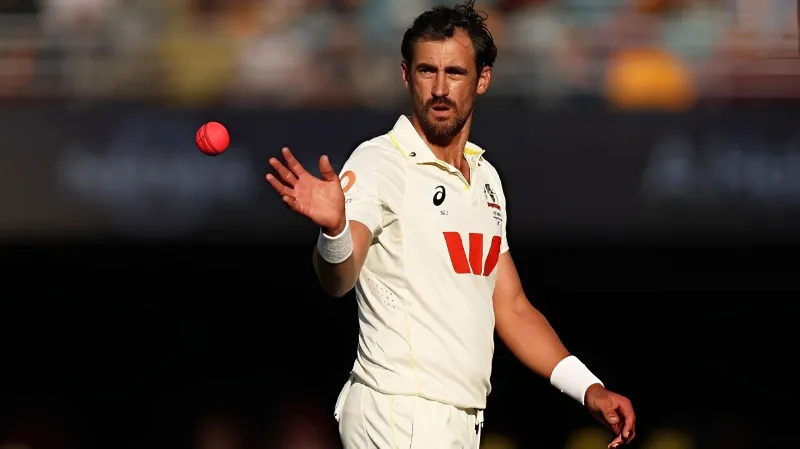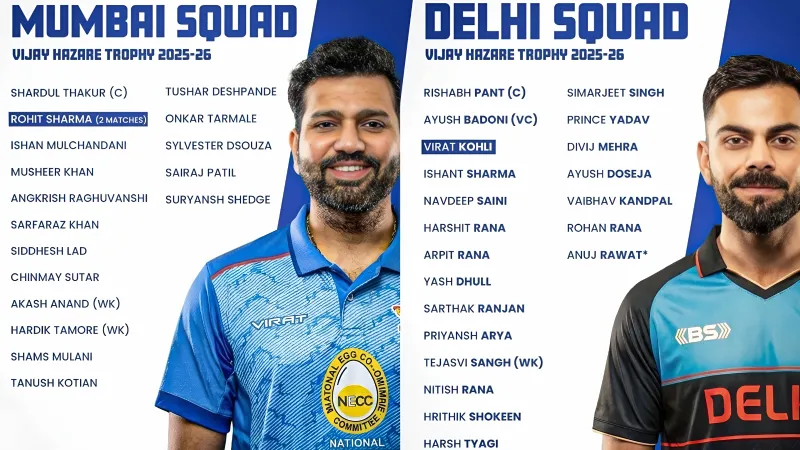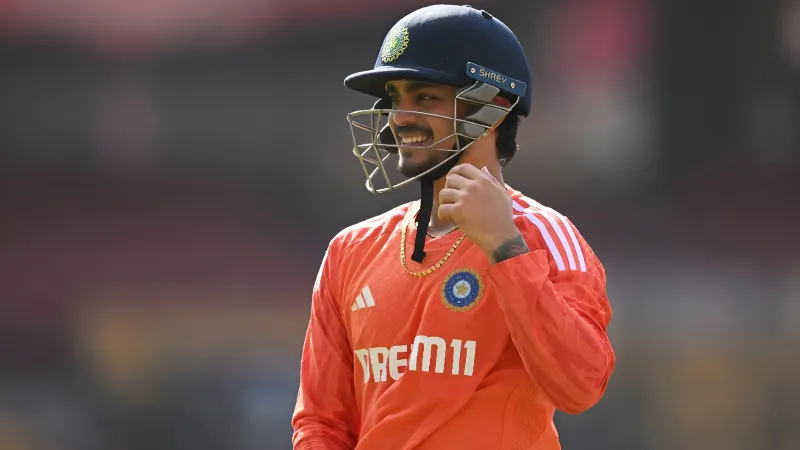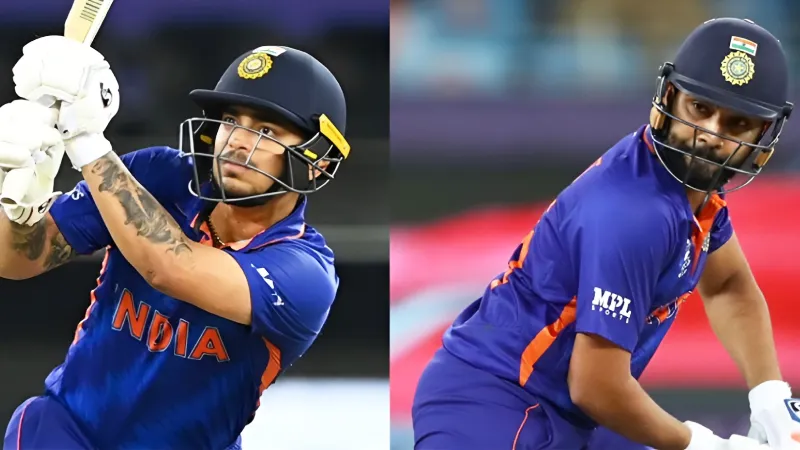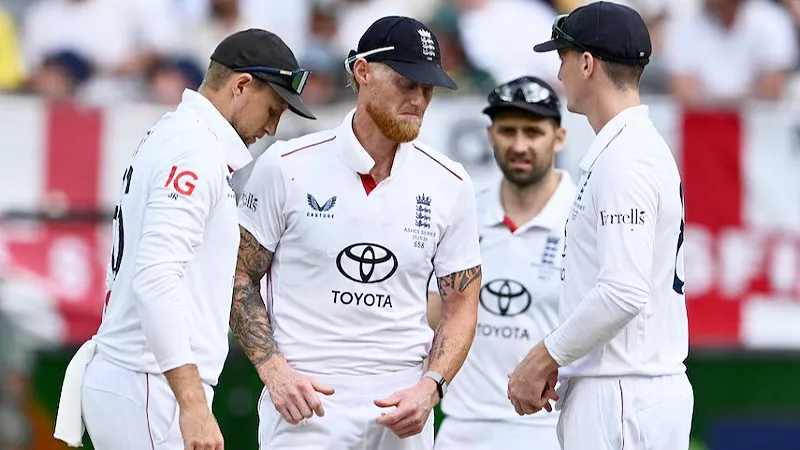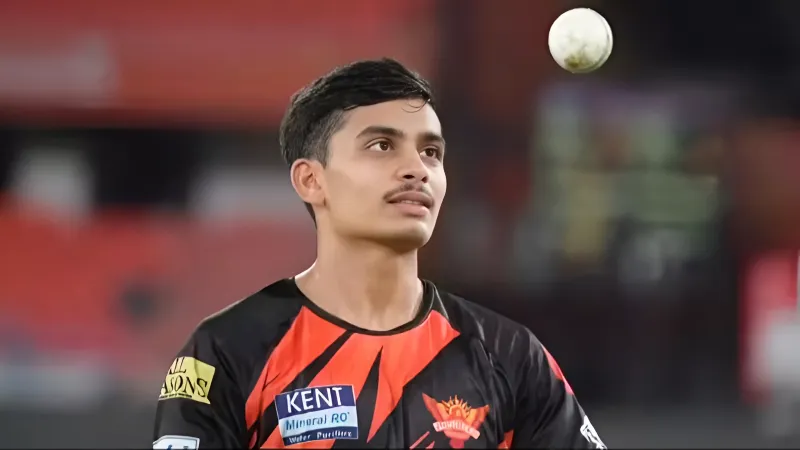You know that feeling when you’re watching a T20 match, the scoreboard is going berserk, and you’re wondering who’s going to stop the carnage? For Australia, that guy might just be Nathan Ellis. No, he’s not a 6’5” fast-bowling giant with Hollywood hair like Pat Cummins. He might not grab headlines or big bucks at the IPL auction like Mitchell Starc does. And he doesn’t have the cool, calm metronome style of Josh Hazlewood. But what he does have is a bag of tricks and the uncanny ability to deliver in the toughest overs of a T20 game.
The Death Bowling Problem Australia Can’t Ignore
Death overs in T20 cricket are the cricketing equivalent of cleaning up after a toddler’s birthday party — chaos everywhere, sugar-high batters swinging at everything, and no room for error. For years, Australia’s biggest weakness in T20Is has been defending those last four to six overs.
Hazlewood and Starc wreak havoc early on, using their swing and precision to snag crucial wickets in the powerplay. But at the death? Things get dicey. That’s where Ellis has quietly become Australia’s go-to man. Since early 2024, his death-over economy rate is an absurdly good 6.85 runs per over — better than anyone else in the side by a clear margin. Cummins, the next best, is at 7.75. In a format where the global death-over-economy rate hovers around 9–10, those numbers are ridiculous.
Ellis doesn’t just survive the pressure; he thrives in it. Yorkers, slower balls, skiddy bouncers — he mixes them up without telegraphing his plans. Against the West Indies earlier this year, in a series that saw 117 sixes smashed, Ellis only conceded three. That’s not just skill, that’s wizardry.
Why Ellis Isn’t Just “Another Fast Bowler”
Here’s the thing: Ellis doesn’t fit the usual Aussie quick mould. He’s not tall. He doesn’t casually bowl 145 kph without breaking a sweat. Instead, he’s built his game around deception, discipline, and subtlety.
His skiddy release makes it harder for batters to get under the ball, even when they read the length. Combine that with his pinpoint yorkers and unpredictable pace changes, and suddenly, your last-over heroics turn into dot-ball frustration. The first ball he bowled in the Caribbean series after months without much match time? The very next ball — 139 kph, top of off. That’s the sort of variation that makes batters second-guess themselves.
And unlike the Big Three, who naturally stick to that “Test match length” they’ve perfected for red-ball cricket, Ellis adjusts his lengths constantly. On slow subcontinental pitches — the kind we’ll see at the 2026 T20 World Cup — that adaptability could be gold.
The Selection Headache Ahead
So, if Ellis is this good, why isn’t he already locked in? Simple: the Big Three aren’t just good bowlers, they’re cricket royalty in Australia. Dropping one of them isn’t a decision selectors take lightly.
But the reality is, the T20 game has evolved. Teams need specialists. Starc and Hazlewood can still own the powerplay, Cummins offers leadership and batting depth, but Ellis fills a role no one else can match right now. If Australia plays in conditions that demand a second spinner, that only makes Ellis more valuable, because it means fewer overs from the big boys at the death, and more pressure on someone who thrives there.
His central contract as the only white-ball specialist seamer says it all. Cricket Australia knows how crucial he is, even if it means making some very awkward selection calls come World Cup time.
For more, visit JeetBuzz News to read our quality Cricket Blog updates. Explore if you want to reminisce and enjoy all of your favourite cricket players and nostalgic match moments. To ensure that you never miss out, keep updated and join in the fun!





